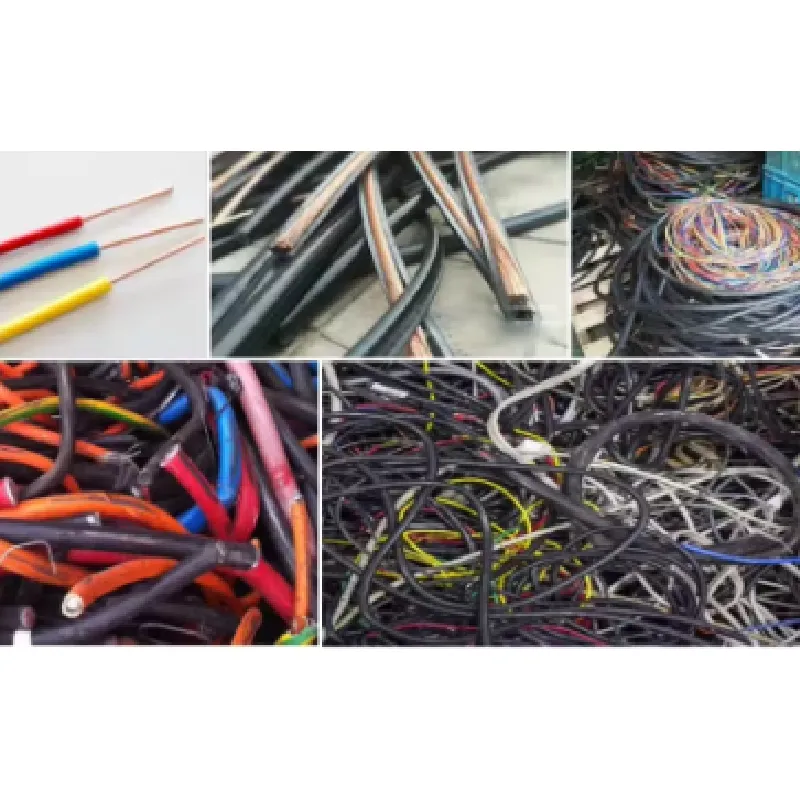

พ.ย. . 01, 2024 06:44 Back to list
How Metals Are Sorted in Recycling Plants
Recycling plays a crucial role in conserving natural resources and mitigating environmental impact. Among the various materials recycled, metals are particularly valuable due to their infinite recyclability and economic importance. The sorting of metals in recycling plants is a sophisticated process that ensures the efficiency and effectiveness of metal recovery and recycling.
The first step in the metal recycling process typically involves the collection and transportation of scrap metals to recycling facilities. Once in the plant, the metals undergo an initial inspection to remove any contaminants or non-metal materials. This initial sorting is critical, as metals need to be separated from plastics, glass, and other debris that can hinder the recycling process.
After the initial sorting, the metals are often shredded into smaller pieces. This shredding process not only makes it easier to handle the materials but also increases the surface area for subsequent sorting techniques. The shredded metals are then subjected to different sorting methods, which can vary depending on the type of metals being processed.
One of the most common methods of sorting metals is using magnets. Ferrous metals, such as iron and steel, are magnetic and can be easily separated from non-ferrous metals like aluminum, copper, and brass. This magnetic separation is efficient and helps in quickly removing a significant portion of the iron and steel from the mixed metal stream.

Following magnetic separation, non-ferrous metals are typically sorted using advanced techniques such as eddy current separation, which utilizes the principle of electromagnetic induction. In this process, a rotating magnetic field induces an electric current in non-ferrous metals, causing them to be propelled away from non-metal materials. This allows for the efficient separation of aluminum and copper from other debris.
Moreover, optical sorting technology is increasingly used in modern recycling plants. This method employs high-resolution cameras and artificial intelligence algorithms to identify different types of metals based on their color and reflectivity. Optical sorting can process large volumes of materials quickly and with high precision, enhancing the overall efficiency of metal recovery.
Once metals are accurately sorted, they are compacted into bales or other forms and prepared for smelting or remelting. This step transforms the sorted metals back into raw materials, which can then be used to manufacture new products, thereby completing the recycling loop.
In conclusion, the sorting of metals in recycling plants is a multifaceted process that involves several innovative technologies and methods. By efficiently separating ferrous and non-ferrous metals from waste streams, recycling plants play a vital role in resource conservation and paving the way for a more sustainable future.
Latest news
Troubleshooting Common Eddy Separator Problems
NewsJul.04,2025
The Role of Metal Recycling Plants in Circular Economy
NewsJul.04,2025
The Impact of Recycling Line Pickers on Waste Management Costs
NewsJul.04,2025
Safety Features Every Metal Shredder Should Have
NewsJul.04,2025
How Industrial Shredders Improve Waste Management Systems
NewsJul.04,2025
How Cable Granulators Contribute to Sustainable Recycling
NewsJul.04,2025